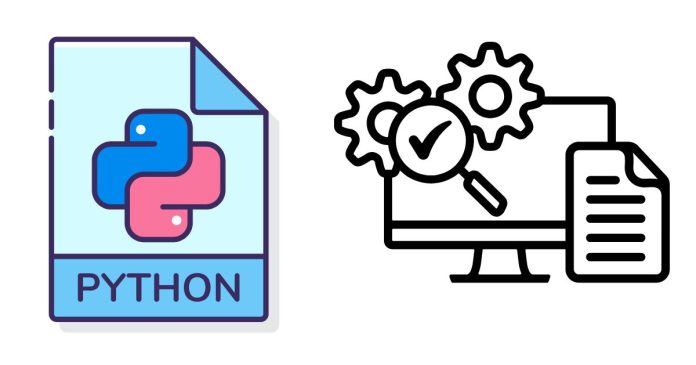The int() function in Python is used to convert a given value into an integer (a whole number). This function can be used to change different types of data, like strings or floats, into integers. Understanding how int() works is important for beginners when you want to perform mathematical operations or work with numbers in your program.
Basic Syntax of int() function:
int(value, base)
value: The value you want to convert into an integer.base: (Optional) The base in which the number is expressed (default is 10, meaning decimal).
Examples:
1. Converting a String to an Integer:
When you have a string that represents a number, you can use int() to convert it into an integer so that you can do calculations with it.
num_str = "10" # A string
num_int = int(num_str) # Convert string to integer
print(num_int) # Output: 10
Here, int() converts the string "10" into the integer 10.
2. Converting a Float to an Integer:
If you have a float (a decimal number) and you want to convert it to an integer, the int() function will remove the decimal part (it performs a floor operation, so it rounds down).
num_float = 12.75
num_int = int(num_float) # Convert float to integer
print(num_int) # Output: 12
Here, int(12.75) will return 12, dropping the decimal .75.
3. Using Base Conversion (e.g., Binary to Decimal):
The int() function can also convert numbers from different bases (like binary, octal, or hexadecimal) to a decimal (base 10) integer.
binary_str = "1010" # Binary number (base 2)
decimal_num = int(binary_str, 2) # Convert binary to decimal
print(decimal_num) # Output: 10
In this case, "1010" (which is a binary number) is converted to its decimal equivalent 10.
Error Handling:
If the value you’re trying to convert cannot be converted to an integer, Python will raise a ValueError.
invalid_str = "hello"
# This will cause an error because "hello" is not a valid number.
num_int = int(invalid_str) # ValueError: invalid literal for int() with base 10: 'hello'
Summary:
- The
int()function helps you convert strings, floats, or numbers from other bases (like binary or hexadecimal) into integers. - It is useful for calculations, data processing, and working with user input.
- Remember that
int()removes any decimal part when converting from float and can handle base conversions (e.g., binary to decimal).
By understanding this function, beginners can easily handle and manipulate numbers in Python.


